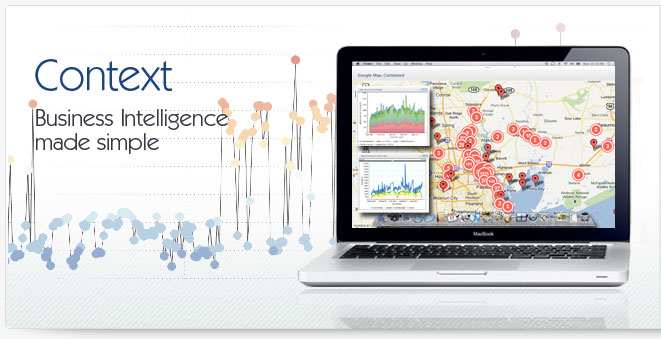Data Warehousing Business Intelligence
Data warehousing business intelligence describes a set of tools used
to create data warehouses along with the necessary add-ons to enable
the use of those data warehouses for the purpose of business intelligence. Because
data warehousing and business intelligence are so closely related,
many users in turn seek out data warehousing business intelligence
tools from single vendors to make the process easier. Sometimes,
the terms data warehousing and business intelligence are even used
interchangeably. When the term data warehousing business intelligence
is used, it usually refers to the infrastructure that enables the system
to make decisions on, resulting in any data or insight that comes from
the intelligence harvested. Business intelligence is always created
within the context of a data warehouse.
Dimensional Data Model in Data Warehousing Business Intelligence
There are a few concepts that are extremely crucial in data warehousing
business intelligence systems. One of these important concepts is a
dimensional data model, one of the most frequently used models in data
warehousing business intelligence. When dealing with dimensional data
models, there are many terms that correspond with this element, including
dimension, attribute, hierarchy, fact tables, granularity, additive,
semi-additive, non-additive, cumulative, snapshot, and lookup tables.
Once al of the information has been gathered for these elements, the
data must be displayed in the proper format that the data warehousing
business intelligence system can decipher. Usually, either the star
schema or snowflake schema is used, depending on either the user’s
preference or the overall objective of the business problem.
Challenges of Data Warehousing Business Intelligence
One of the challenges that can arise in data warehousing business
intelligence is when the attribute is inconsistent over time (i.e.
a drugstore customer remains a customer but changes an address or phone
number)- a concept known as “slowly changing dimension”.
There are three ways to set up the data warehousing business intelligence
system to adapt to such variations- the old entry is overwritten with
the new information, a new entry is added in addition to the original
entry, or the original entry is modified with updated information.
Data Modeling in Data Warehousing Business Intelligence
Data modeling is another important issue in data warehousing business
intelligence. The three levels of data modeling are conceptual, logical
and physical. These differ in regards to the types of entities used,
the level of detail in which the relationships are explained, the types
of attributes included, and other variables. With data warehousing
business intelligence, it is not unusual for the conceptual and logical
models to be merged.
OLAP Analyses in Data Warehousing Business Intelligence
Data warehousing business intelligence also depends on performing
OLAP analysis, which stands for “On-Line Analytical Processing”.
OLAP analyses are important because it gives the user a multi-dimensional
view of the information by analyzing metrics in varying dimensions.
Some such dimensions could be time, gender, race, service, location,
etc. However, there are different kinds of OLAP depending on the processing
system and system requirements. The different kinds of OLAP used in
data warehouse business intelligence are MOLAP (multidimensional OLAP),
ROLAP (relational OLAP) and HOLAP (hybrid OLAP).
Data Warehousing Business Intelligence Philosophies
There are still different schools of thought when it comes to data
warehousing business intelligence as a whole. The two names which frequently
come up in this debate are Bill Inmon and Ralph Kimball, who each had
their own philosophy when it came to data warehousing business intelligence.
In practice, it is more common for most data warehousing business intelligence
systems to run in close alignment with Ralph Kimball.
|



